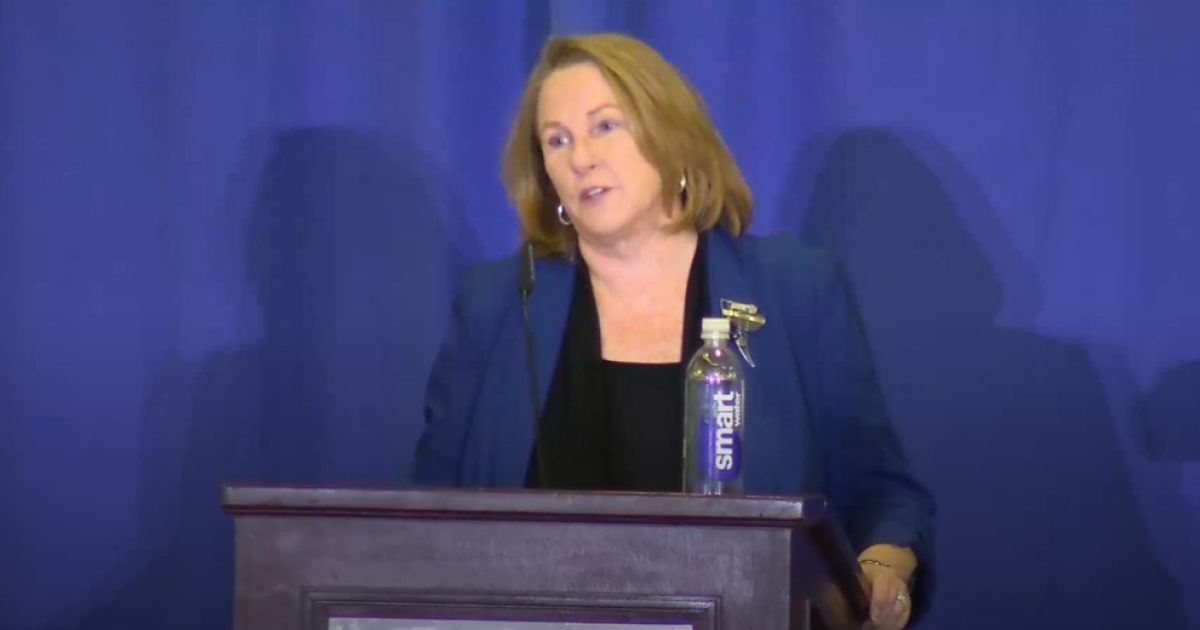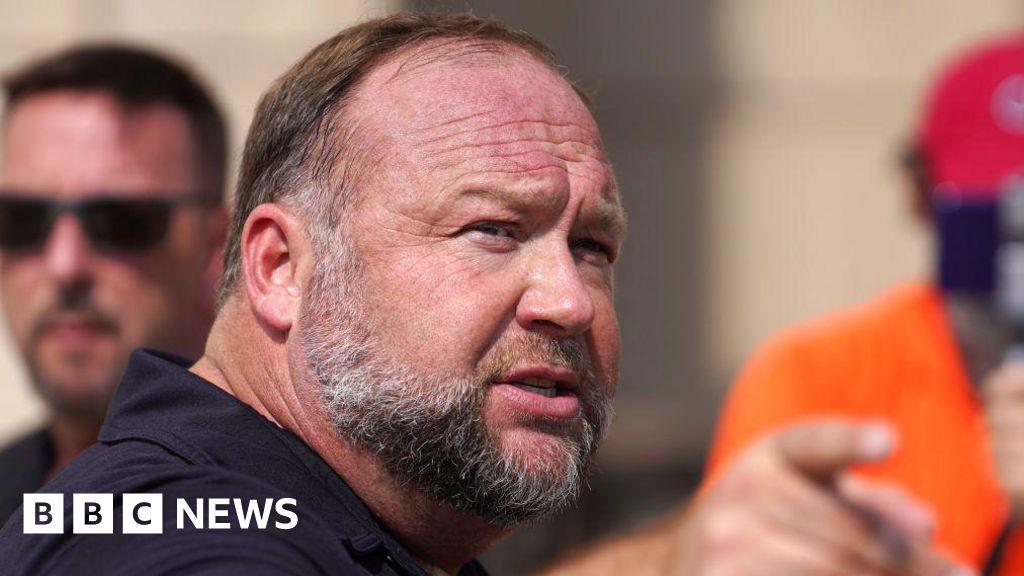‘How Work Works: The Subtle Science of Getting Ahead Without Losing Yourself’, by Michelle P King
If you’ve ever wondered how to get ahead at work, Michelle King, a consultant and leadership coach who advises companies on diversity and inclusion, claims to know the answer. In her latest book, How Work Works, King looks at trends changing the workforce, including artificial intelligence, hybrid working and inclusive hiring practices.
The secret to advancing yourself in the office, King argues, is to learn “how to read the air”. It’s a different way of phrasing the more common concept of reading the room which she says amounts to using your social and emotional skills to navigate “a minefield of informal systems, like informal networks, information sharing, development opportunities, and advancement”.
King’s advice is to make the implicit explicit. She recommends mapping out informal networks, listing people within that network and identifying those who can give you advice on a vexatious issue or career move. And then expanding the network or spending time with contacts. All of this sounds sensible, if exhausting.
Less convincing, however, is King’s conviction that the old ways of doing things have truly been consigned to the past. The new workforce, she says, is “tired of game-playing and dog-eat-dog”. This means thinking not just about individual achievement but rather on collective success, or paying it “forward by supporting co-workers’ advancement”.
The new workforce might well be tired of a relentless pursuit of winning but I’m sceptical that it is outmoded.
‘Clear Thinking: Turning Ordinary Moments into Extraordinary Results’, by Shane Parrish
Former spooks revealing secrets from their time working in intelligence work is now a well worn publishing wheeze. Shane Parrish, a former cyber security expert at Canada’s top intelligence agency, provides a novel twist on the concept: turning his secret service experience of trying to think clearly about knotty problems into a theory for personal leadership development.
Clear thinking is the goal because “good judgment is expensive, but poor judgment will cost you a fortune”.
The first half of this 265-page book is dedicated to Parrish’s theory of how to think clearly — creating a pause between thought and action. The second puts theory into practice, as Parrish shares his own experiences alongside anecdotes from former intelligence colleagues, and examples from film and literature of good and bad decision making.
Parrish is humble enough to admit that a lot of the ideas in this book are really other people’s. The book ends with a guide to finding your personal goals, providing a focus for your efforts at clear thinking.
The point is that this is something you have to actively engage in. Making good judgments does not come naturally. You don’t consciously intend to argue with your partner, but you then say things that cannot be unsaid. You don’t consciously seek money and fame over your family, but you find success at work pulls you away from the people that matter most to you.
There are perhaps a few too many clichés in the book, perhaps diverting the reader from that overall message. But the sentiment is difficult to disagree with, and the practical advice for thinking clearly very welcome.
‘The Big Fail: What the Pandemic Revealed About Who America Protects and Who it Leaves Behind’, by Joe Nocera and Bethany McLean
Joe Nocera and Bethany McLean begin their latest book with a startling premise: that US governments could not have handled Covid-19 any better.
This is not, however, because those in power did a good job. Quite the opposite. The veteran reporters argue that the high death toll, widening inequality and social upheaval wrought by the pandemic were caused by profound failures in American capitalism and governance, decades in the making.
Little more than three years since it began, the pandemic is already a difficult subject to make new. Parts of The Big Fail do feel overly familiar. But by taking an expansive approach and getting to the root causes, the authors create a compelling picture of mismanagement.
Insights include an account of private equity’s influence on expensive and poor-quality healthcare, and an analysis of inequality between low-paid workers and companies that won big. Some stories are downright shocking. The effect is a picture built from many angles, creating a multi-dimensional view of a broken system.
It’s a similar approach to that taken in All The Devils Are Here, McLean and Nocera’s account of the financial crisis. The Financial Times described that book as akin to pointillist paintings of artists like Seurat, composed of many dots that look incoherent up close but come together as a coherent scene from a distance.
The Big Fail also has this effect, ending in a thoughtful conclusion that cuts through ideological dogmas. With the world still coming to terms with the consequences of the pandemic and the systemic failures it revealed, the authors’ abilities to both look closely and take a step back makes this a valuable piece of work.
‘Our Least Important Asset: Why the Relentless Focus on Finance and Accounting is Bad for Business and Employees’, by Peter Cappelli
For average workers, especially those at the bottom of the hierarchy, job satisfaction has worsened even as the economy has grown and the stock market boomed. The negative effects of workplace stress and job insecurity on employee health continue to accumulate. But, so far, there is no real agreement about why this has happened.
In this wide-ranging book, Peter Cappelli, a management professor at the University of Pennsylvania’s Wharton School, attempts to diagnose one foundational cause of the problem. He suggests that much of the malaise in business and employment is down to financial accounting practices — the road map used by leaders for determining whether a company is maximising shareholder value.
Most companies consider salaries as fixed costs that cannot be cut in downturns like other expenses. The result is poor hiring decisions, which leads to bad management, negative outcomes for employees and worse results for organisations.
The book contains detailed and intuitive criticism of the modern workplace and human capital management. It is particularly good in analysing issues that spring from a workforce dominated by leased workers — people employed by a vendor to work at an organisation in place of regular employees.
Cappelli also explains how financial accounting pressures squeeze costs of employee pay, benefits and investment in training, thus affecting employee performance.
The book does not limit itself to criticism. It also details suggestions for elegant solutions, including simple additions to financial reporting. A good analysis of employee turnover rates and the percentage of vacancies filled from within are easy to collect and report, and they could help to improve effectiveness and outcomes on all sides.
Credit: Source link











